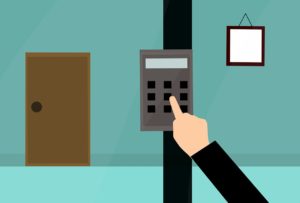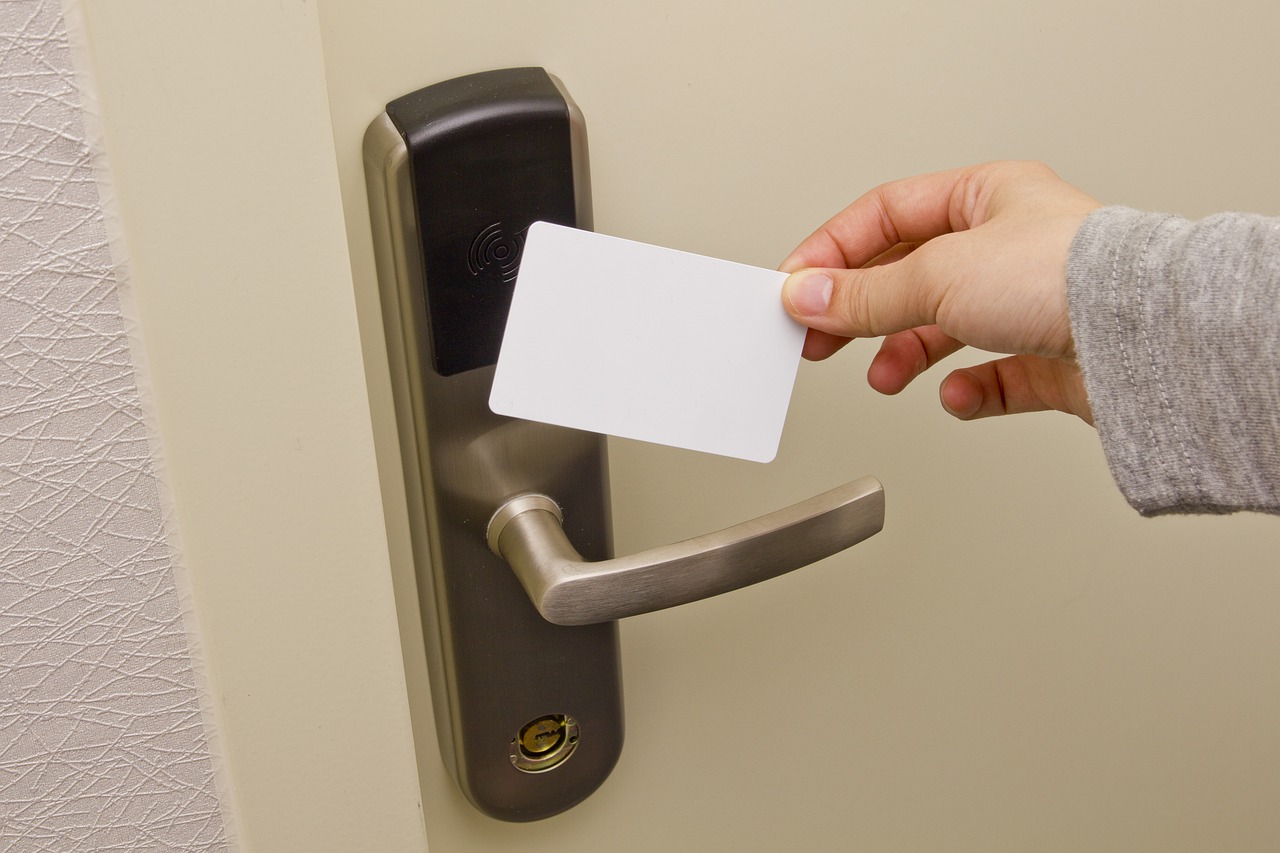
According to police statistics, most break-ins or home invasions occur when homeowners or occupants of a property fail to lock their door, have flimsy exterior doors, or have deadbolt locks that are inadequate. By remedying these situations, law enforcement agencies state that the majority of burglars will be deterred. However, the most dangerous intruders may not be.
Although having a reinforced metal or solid wood door with a solid grade 1 or grade 2 commercial deadbolt lock will improve your home security substantially, the old-fashioned cylinder-style pin and tumbler locks which are still very common are very easy to pick; in fact, a person can learn how to pick a lock with only a few minutes of basic research. If you take your family’s safety seriously, you simply must do a better job of protecting your home.
This is where electronic door locks come in. While these doors can be opened with a key, they are incredibly difficult to pick; furthermore the “key” mode can be deactivated by the home owner if he or she desires and a password must be entered on a keypad that is on the door. For even higher levels of security, there are biometric electronic door locks which will only open if the lock recognizes a user’s fingerprint. Some electronic door locks combine key/password/fingerprint recognition access, and many others on the market allow remote control, meaning the lock can be controlled by an internet connection.
Other electronic locks have alarms built in; if an intruder attempts to pick it, a high-pitched alarm will go off, scaring away the would-be burglar. Some of the most secure locks are programmable; biometric locks can recognize up to 99 fingerprints and individual users can be added or deleted at will by the owner.
Digital tag keyless deadbolt locks are probably a very good option if you live in an area where break-ins occur; these locks cannot be picked and are basically tamper proof because the conventional keyhole is eliminated. Tag keys that are lost or stolen can be immediately deactivated; and the physical lock itself is built to withstand sawing, kicking, prying, and hammering. Pass codes can be up to twenty digits long for extra security.
Electronic door locks are not only safer than conventional locks; they’re also more convenient for home owners. Entry to the home can be controlled via a smartphone or internet connection, passwords or entry codes can be changed periodically, tag keys or fingerprints can be activated or deactivated. A homeowner no longer needs to make copies of keys and keep track over who has a set; the homeowner also doesn’t need to worry if the physical keys will fall into the wrong hands.
If you’re serious about your home security and want to take it to the next level, talk to a local locksmith who’ll be able to recommend a brand or style most suited to your needs.

